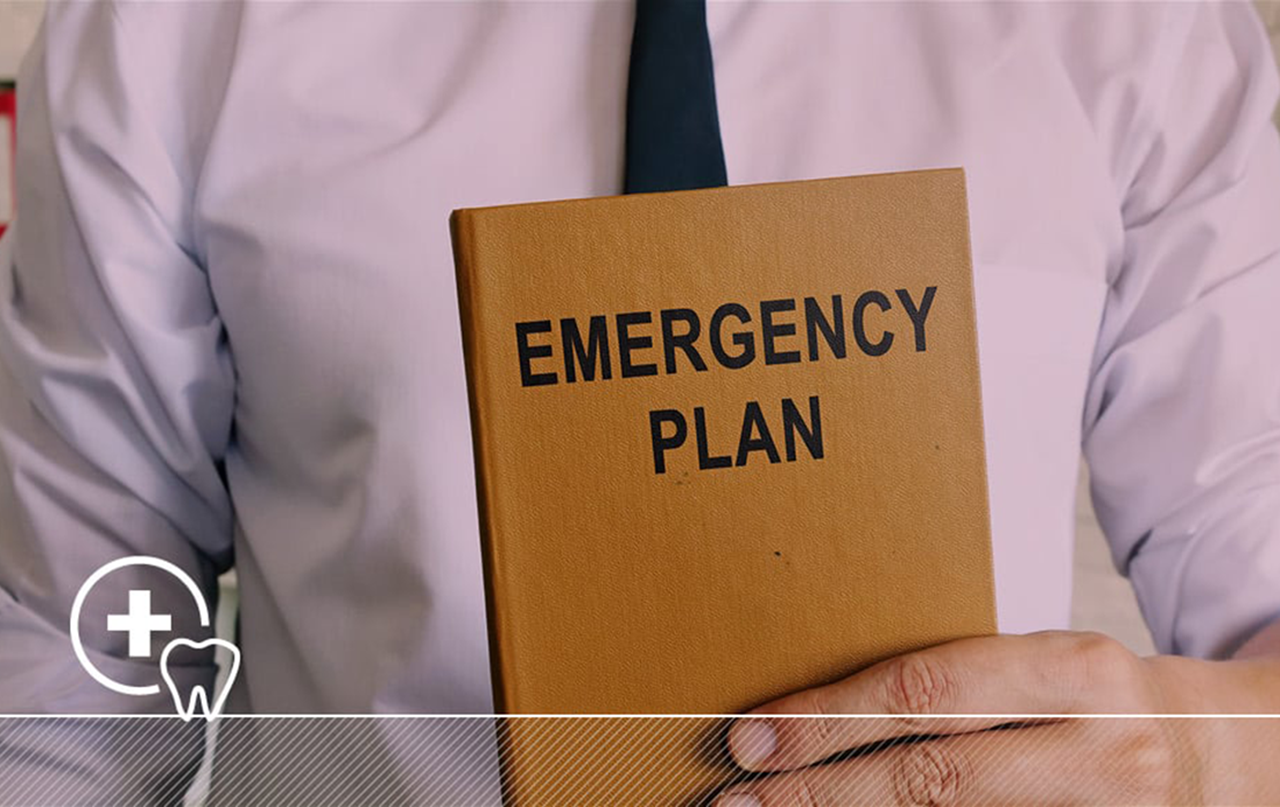By Stanley Malamed, D.D.S.
Editor's Note: This article is the second of a two-part series on medical emergencies.
Part 2 of this series of articles on developing a culture of safety regarding medical emergencies (MEs) focuses on the incidence of MEs and their prevention.
For part 1, please visit Medical emergencies in the dental office.
This Q/A identifies commonly asked questions and outlines practical steps dentists and dental professionals can take to prepare the dental office and staff for managing MEs that might arise.
How can we prepare the office to successfully manage medical emergencies that may occur?
There are four basic steps that need to be implemented to adequately prepare a dental office and its staff to recognize and manage MEs. These are:
- Basic life-support training
- Create an office "emergency-trained team"
- Maintain access to emergency medical services (EMS)
- Make certain there is availability to emergency drugs and equipment
The General Dental Council in the United Kingdom has established comprehensive standards for all dental offices for preparation for MEs.1-3
The abridged nine point summary below outlines standards that should serve as building blocks for a dental office’s emergency preparedness in the United States and elsewhere.
- All dental practices should have a process for medical risk assessment of their patients.
- All dental practitioners and dental care professionals should adopt the PCABD (Positioning – Circulation – Airway – Breathing – Definitive Care) approach to emergency management.
- Specific emergency drugs and items of emergency medical equipment should be immediately available in all dental surgery premises.
- All clinical areas should have immediate access to an automated external defibrillator (AED).
- Dental practitioners and dental care professionals should all undergo training in cardiopulmonary resuscitation (CPR), basic airway management and the use of an AED.
- There should be regular practice and scenario-based exercises using simulated emergencies.
- Dental practices should have a plan in place for summoning medical assistance in an emergency. In the United States, emergency medical services are accessed by calling 911.
- Staff skills should be updated annually.
- Audit of all medical emergencies should take place.
Though not mandated in the United States, every dental office should seek to achieve the standards listed above.
